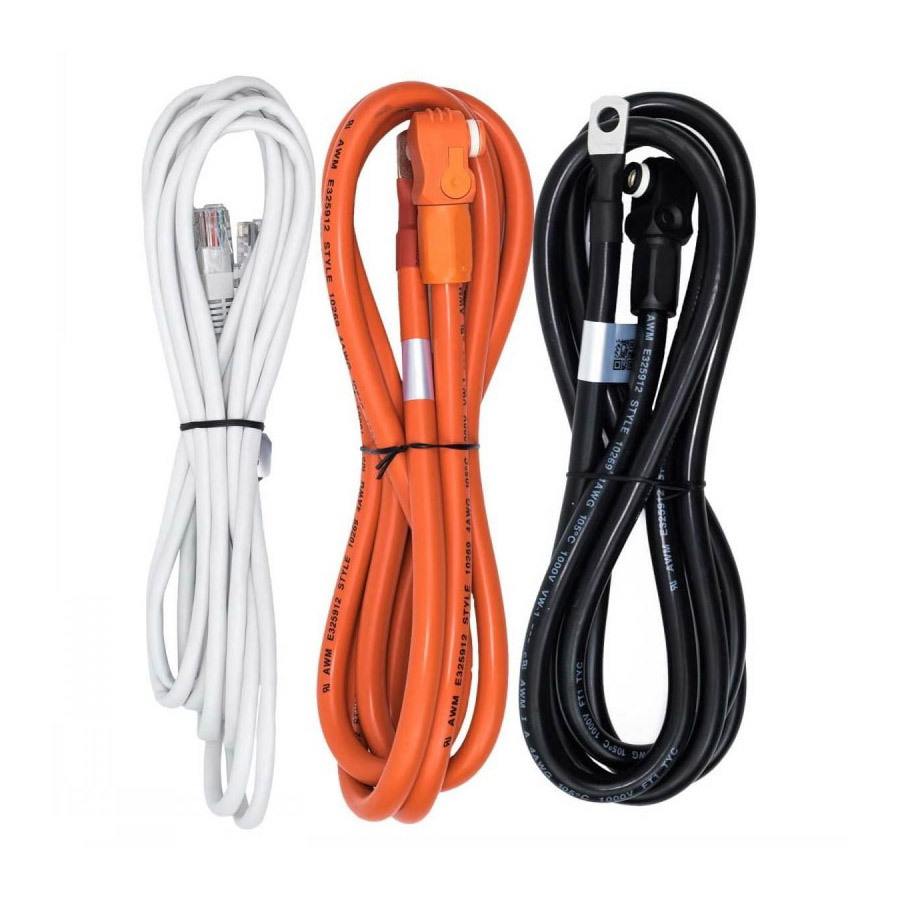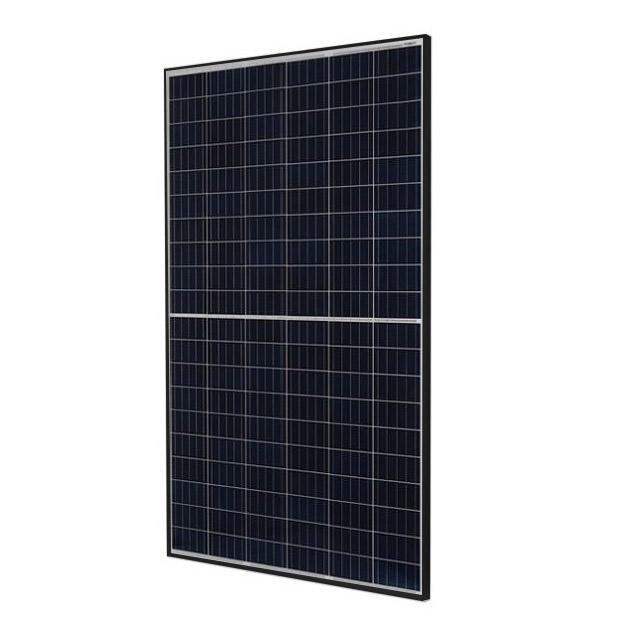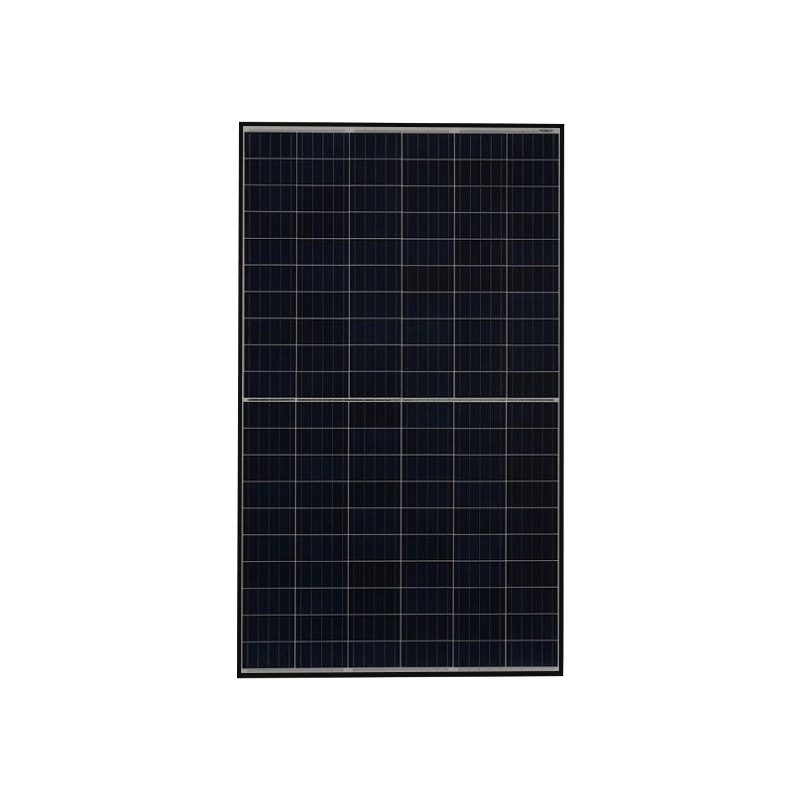DIY solar panels years back was understood as assembling actual solar panel itself soldering solar cells and mounting it with glass and frame. Today when the price of solar panels is much more affordable, you can assemble your own solar system from available components.
You will need some basic mechanical skills and imagination to mount solar panels somewhere so they do not fly off with the wind. If you know what tile and rafter is, then you are halfway to getting the system installed on your roof (assuming you are not afraid of heights). There are plenty different types of solar hooks:

But without getting much into detail (check YT for “PV mounting system”) you need to slide tile up, fasten hook to the rafter and slide tile back to its original position. Fitting hooks is often hardest part of the installation. When PV hooks are in place (not wider then meter apart to keep strong structure), and keeping in mind that it is good to have hooks at the ends of planned solar array (strong wind exposure), all is left is to do is to fasten mounting rail to them. Solar panels are mounted to rail using middle and end solar clamps.

If you have metal sheeting instead of tile, then you will not avoid penetration of it. Most common is sinusoidal shape sheeting or sheeting which looks similar to tile. For this type of roof system based on hanger bolt is used. It is special 2 threaded bolt where bottom thread is designed for wood and top is machinery thread ready to fasten rail to it. There is also seal to secure penetration hole so there is no leaking.
There is also a metal sheeting where you assemble your panels directly to it without getting deep to the rafter.
Other option is to install solar panels on ground using metal or even wooden frame.
DC cabling
Direct Current cabling is important part of your system and extreme care should be taken when doing it as arcing from DC current is very dangerous in terms of fire. Double isolated cables are used to transfer energy, and special waterproof plugs called MC4 are there for connecting solar panels together. If it’s possible, keep your inverter close to solar panels and that way you will avoid long DC cabling.
Inverter heart of the system
Power from your solar panels can be used directly to heat water, or produce hydrogen, but most of the time we need the same type of energy that has been supplied since years from public grid (thanks to Nicola Tesla it is alternating current). Device which is changing direct current to alternating is called inverter. Inverter has DC terminals where you connect your photovoltaic panels and AC terminals where you connect your devices which are consuming energy. There are 2 types of inverters: those which work with the public grid and are synchronizing with it called grid tie inverters, and independent inverters called off grid inverters.
 Ireland
Ireland España
España Poland
Poland



